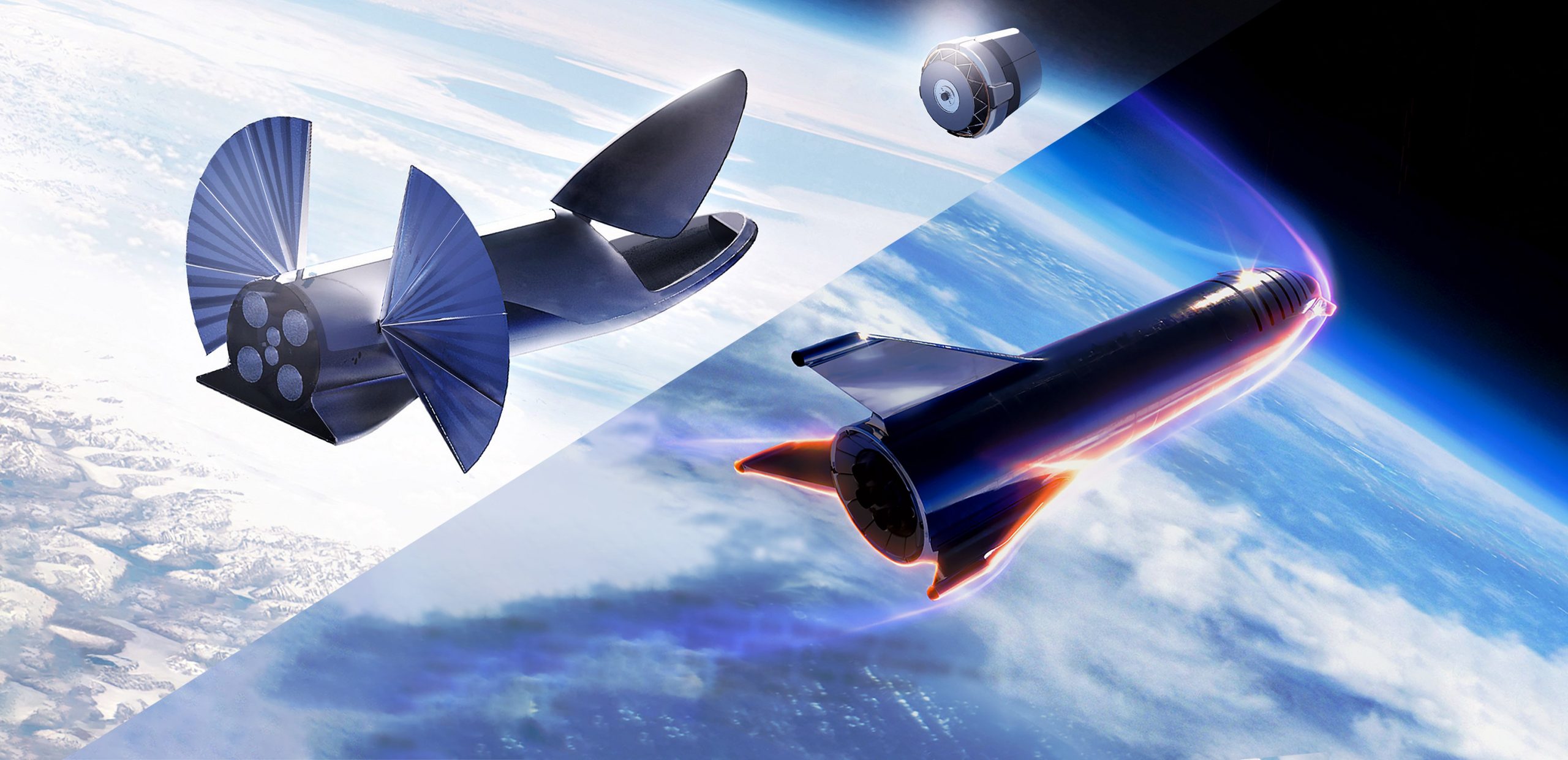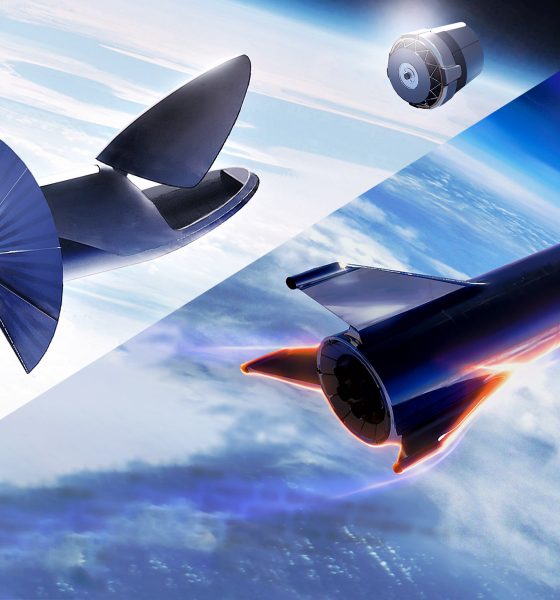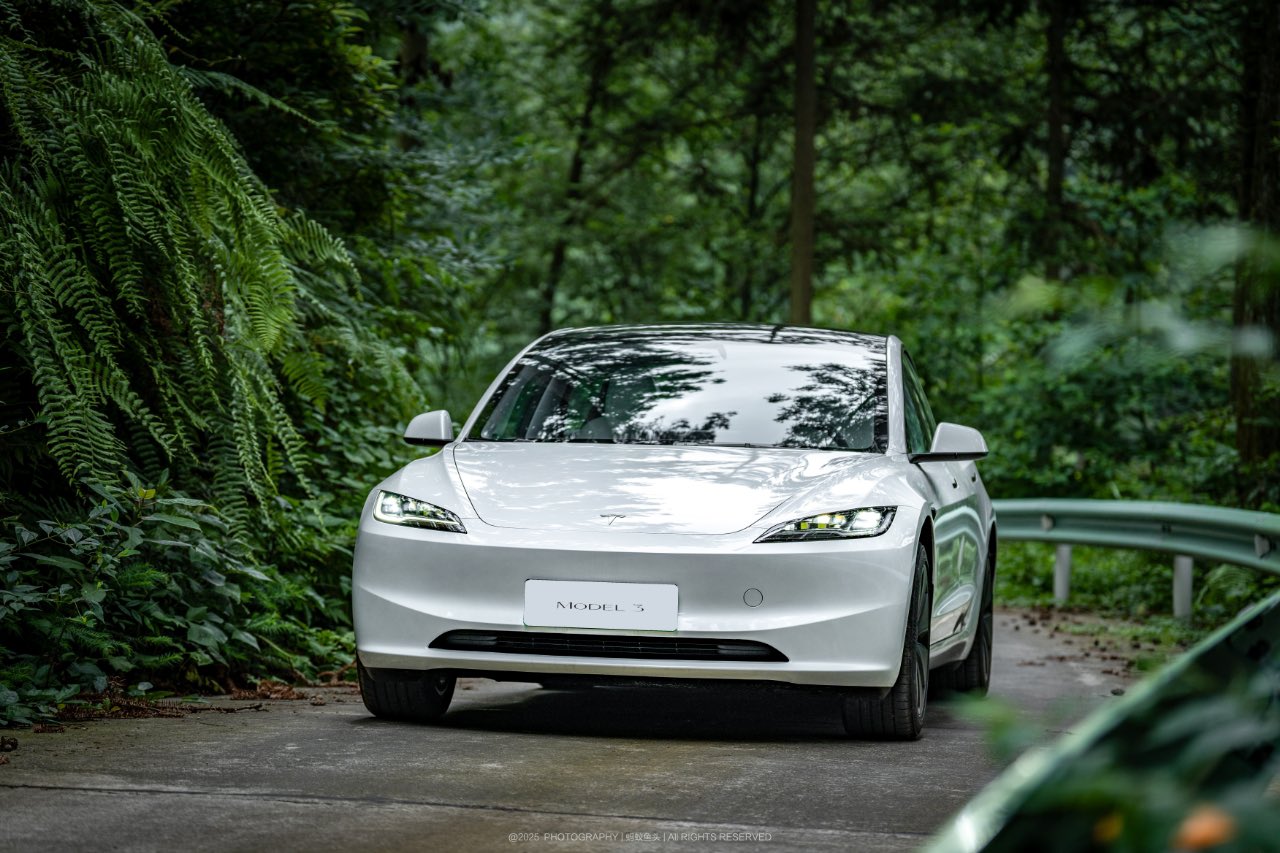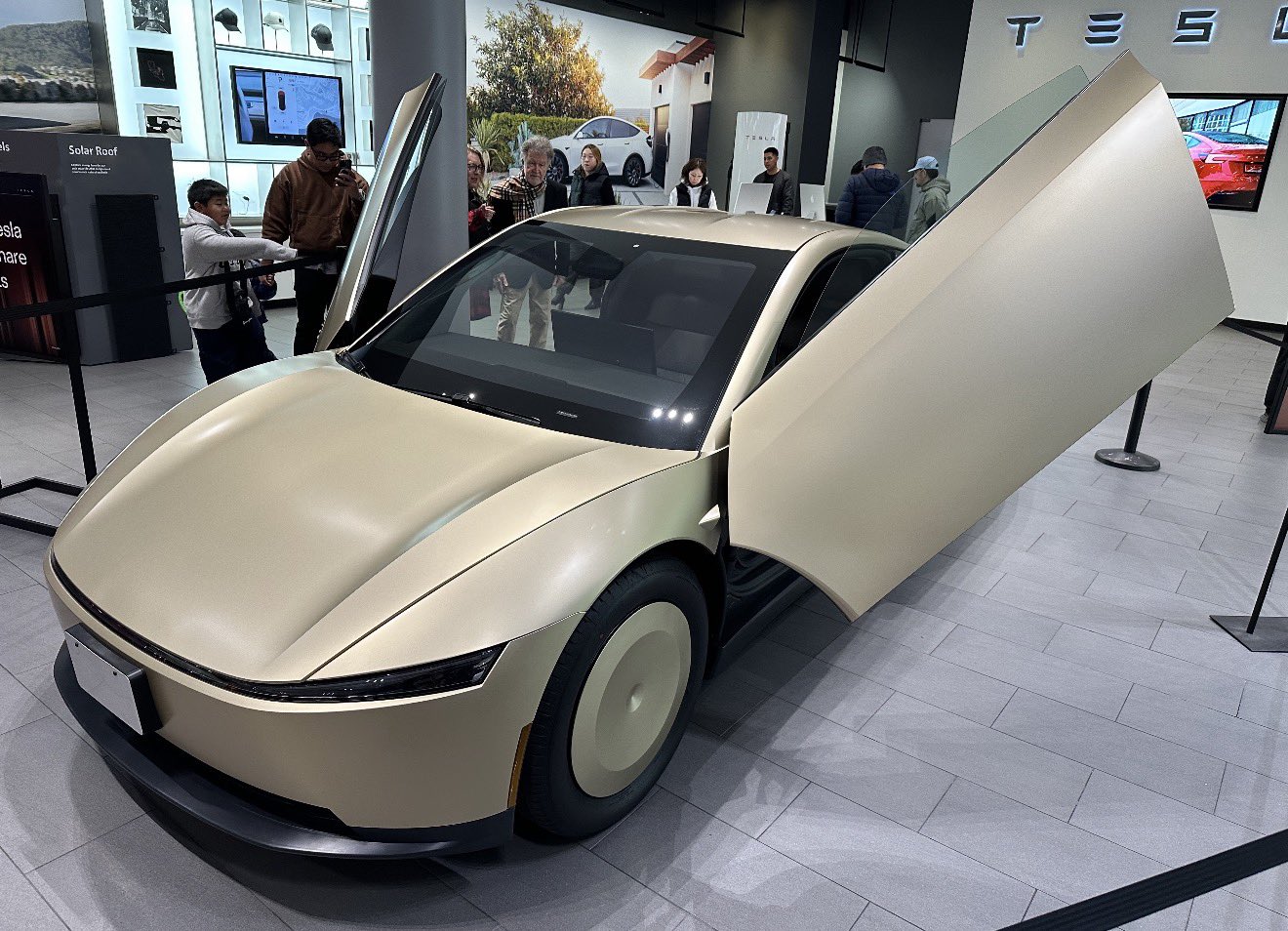

News
SpaceX’s Starship could launch secret Turkish satellite, says Gwynne Shotwell
According to SpaceX COO/President Gwynne Shotwell and a Turkish satellite industry official, Starship and Super Heavy may have a role to play in the launch of Turksat’s first domestically-procured communications satellite.
Per Shotwell’s specific phrasing, this comes as a bit of a surprise. Built by Airbus Defense and Space, SpaceX is already on contract to launch Turksat’s 5A and 5B communications satellites as early as Q2 2020 and Q1 2021, respectively. The spacecraft referred to in the context of Starship is the generation meant to follow 5A/5B: Turksat 6A and any follow-on variants. Turksat’s 6-series satellites will be designed and manufactured domestically rather than procured from non-Turkish heavyweights like Airbus or SSL. However, the Turksat 6A satellite’s current baseline specifications would make it an extremely odd fit for a launch vehicle as large as Starship/Super Heavy.
Curiously, in written statements to Turkish media outlets, Turkish Aerospace Industries (TAI) referred to a “Turksat 6A2” satellite for the first time ever. Prior to comments made at the Satellite 2019 conference, Turksat’s prospects beyond 5A/5B were simply referred to as “Turksat 6A”, a ~4300 kg (9500 lb) domestically-built communications satellite scheduled for completion no earlier than the end of 2020. Turksat 5A and 5B will both be approximately 4500 kg (9900 lb), well within the capability of the flight-proven Falcon 9 rockets they are expected to launch on.
Why, then, might Starship “[potentially] work for the next Turksat project”, as suggested by Shotwell? Referring to what Turksat GM Cenk Sen then described as “6A2”, Shotwell noted that the satellite would be “quite a large, complex satellite.” While undeniably massive relative to almost anything else, the 4300-kg Turksat 6A is actually in the middle of the road (maybe even on the smaller side) relative to most geostationary communications satellites built and launched in the last few years.


We’re gonna need a bigger speculation…
SpaceX COO and President Gwynne Shotwell would know this as intimately as anyone, given her essential role at the head of the launch services provider. Most recently, SpaceX used Falcon Heavy to launch Arabsat 6A (6500 kg/14,300 lb) to a uniquely high transfer orbit of ~90,000 km (56,000 mi). In the second half of 2018, Falcon 9 was also tasked with launching Telstar 18V (7060 kg/15,560 lb) and 19V (7076 kg/15,600 lb) to geostationary transfer orbits (GTO), with 19V technically becoming the heaviest commercial communications satellite ever launched.
SpaceX is also just a few days away from launching 60 Starlink test satellites, reportedly set to become the company’s heaviest payload ever with a mass greater than ~13,000 kg (30,000 lb). Put simply, SpaceX is about as familiar as one can possibly get with not only launching – but even building – truly massive and complex satellite payloads.



In short, it appears that “Turksat 6A2” may refer to an extremely ambitious follow-on to Turksat 6A (perhaps 6A1?). To warrant the use of Starship over the then highly-proven and well-paved Falcon 9 or Heavy, Turksat 6A2 would indeed have to be what Shotwell referred to as “quite a large, complex satellite”. In a recoverable configuration, Falcon 9 is capable of placing about 5500-6000 kg into a full GTO. Falcon Heavy allows for 8000-10000 kg, with the latter option assuming that all three boosters land on drone ships. Steel Starship’s performance – with or without tanker refueling – is effectively an unknown quantity at this point in time, although SpaceX CEO Elon Musk says more Starship info will be provided this year at a dedicated June 20th event.
Aside from questions of payload performance of Starship/Super Heavy relative to Falcon 9/Heavy, it’s unclear when the next-gen SpaceX rocket will actually be ready to start launching commercial payloads. Back in December 2018, Musk estimated that Starship had a 60% chance of reaching orbit by the end of 2020, with confidence on the rise as the company transitioned BFR’s structure from carbon composites to stainless steel. Four months after that estimate, a low-fidelity Starship prototype – nicknamed Starhopper – successfully completed two Raptor-powered test fires, straining a few feet into the air against large tethers. Meanwhile, Raptor testing continues in McGregor, Texas, while progress is also being made on what is said to be the first orbit-capable Starship prototype a few thousand feet from Starhopper.
A long path to orbit
Before SpaceX can begin orbital launch attempts with Starship, the company will need to build a new launch complex (or develop a floating launch platform), complete with processing and integration facilities also built from the ground up. Additionally, at least one massive Super Heavy booster will be needed for Starship to deliver more than just itself to orbit. Starship’s unprecedented metallic heat shield will need to be made flight-ready, while a minimum of 38 Raptor engines will need to be built and tested. In short, a huge amount of work needs to be done before Starship and its associated facilities will be capable of launching high-value customer payloads.

In other words, any prospective Cargo Starship customers will necessarily be shopping for launches in 2021-2022 at the absolute earliest. According to TAI’s Sen, SpaceX and its Starship vehicle will be just “one of the candidate[s]” eligible to compete for the Turksat 6A2 launch contract, hinting that these new comments are just the first of many more to come.
Check out Teslarati’s Marketplace! We offer Tesla accessories, including for the Tesla Cybertruck and Tesla Model 3.

News
Another Tesla Model 3 variant sold out for January 2026 in China
A look at Tesla China’s order page shows that new Model 3 LR RWD orders now have an estimated delivery date of February 2026.

Another Tesla Model 3 variant in China appears to have sold out for January 2026, with the vehicle now showing an estimated delivery date of February 2026 for new orders. This bodes well for the all-electric sedan, which has maintained notable sales despite more affordable rivals like the Xiaomi SU7 and its crossover sibling, the Model Y.
Model 3 LR RWD joins February 2026 queue
A look at Tesla China’s order page for the all-electric sedan shows that new Model 3 Long Range Rear Wheel Drive orders now have an estimated delivery date of February 2026. Priced from RMB 259,500 ($36,810), the LR RWD sits as the second-lowest-priced trim in Tesla China’s four-variant Model 3 lineup. The move follows a similar delivery timeframe for the Model 3 Performance, which remains the most expensive option for the vehicle, as noted in a CNEV Post report.
The estimated delivery dates of the two remaining Model 3 variants remain unchanged for now. The base RWD version, starting at RMB 235,500, and the LR AWD variant, priced from RMB 285,500, both continue to list estimated delivery times of 4-6 weeks. Tesla China, for its part, has continued to list in-stock Model 3 vehicles and is actively encouraging buyers to select inventory units for delivery before the end of the year.
Model Y delays and policy shifts
Delivery timelines for the Model Y in China are also stretching into 2026. All customized Model Y variants now show February 2026 as their estimated delivery date, except for the entry-level version, which still lists January 2026. Tesla has been urging customers since November to prioritize purchasing inventory vehicles, a push aimed at maximizing year-end deliveries.
Timing matters for Chinese buyers due to upcoming changes in government incentives. China’s new energy vehicle purchase tax exemption will be scaled back in 2026, which means customers who take delivery next year could face higher tax costs compared to those who are able to receive vehicles before the end of the year.
As per data from the China Passenger Car Association, Tesla recorded retail sales of 73,145 vehicles in November, down 0.47% year over year. From January through November, Tesla’s retail sales in China totaled 531,855 units, a 7.37% year-over-year drop.
News
Wedbush’s Dan Ives sees ‘monster year’ ahead for Tesla amid AI push
In a post on X, the analyst stated that the electric vehicle maker could hit a $3 trillion market cap by the end of 2026 in a bullish scenario.

Wedbush analyst Dan Ives is doubling down on Tesla’s (NASDAQ:TSLA) long-term upside. In a post on X, the analyst stated that the electric vehicle maker could hit a $3 trillion market cap by the end of 2026 in a bullish scenario, thanks to the company’s efforts to develop and push its artificial intelligence programs.
An aggressive valuation upside
Ives, Wedbush’s global head of tech research, stated in his post that Tesla is entering a pivotal period as its autonomy and robotics ambitions move closer to commercialization. He expects Tesla’s market cap to reach $2 trillion in 2026, representing roughly 33% upside from current levels, with a bull case up to a $3 trillion market cap by year-end.
Overall, Ives noted that 2026 could become a “monster year” for TSLA. “Heading into 2026, this marks a monster year ahead for Tesla/Musk as the autonomous and robotics chapter begins. We believe Tesla hits a $2 trillion market cap in 2026 and in a bull case scenario $3 trillion by end of 2026… as the AI chapter takes hold at TSLA,” the analyst wrote.
Ives also reiterated his “Outperform” rating on TSLA stock, as well as his $600 per share price target.
Unsupervised Full-Self Driving tests
Fueling optimism is Tesla’s recent autonomous vehicle testing in Austin, Texas. Over the weekend, at least two Tesla Model Ys were spotted driving on public roads without a safety monitor or any other occupants. CEO Elon Musk later confirmed the footage of one of the vehicles on X, writing in a post that “testing is underway with no occupant in the car.”
It remains unclear whether the vehicle was supported by chase cars or remote monitoring, and Tesla has not disclosed how many vehicles are involved. That being said, Elon Musk stated a week ago that Tesla would be removing its Safety Monitors from its vehicles “within the next three weeks.” Based on the driverless vehicles’ sightings so far, it appears that Musk’s estimate may be right on the mark, at least for now.
News
Production-ready Tesla Cybercab hits showroom floor in San Jose
Tesla has implemented subtle but significant updates to both the Cybercab’s exterior and interior elements.

Tesla has showcased what appears to be a near-production-ready Cybercab at its Santana Row showroom in San Jose, California, giving visitors the closest look yet at the autonomous two-seater’s refined design.
Based on photos of the near-production-ready vehicle, the electric vehicle maker has implemented subtle but significant updates to both the Cybercab’s exterior and interior elements, making the vehicle look more polished and seemingly more comfortable than its prototypes from last year.
Exterior and interior refinements
The updated Cybercab, whose photos were initially shared by Tesla advocate Nic Cruz Patane, now features a new frameless window design, an extended bottom splitter on the front bumper, and a slightly updated rear hatch. It also includes a production-spec front lightbar with integrated headlights, new wheel covers, and a license plate bracket.
Notably, the vehicle now has two windshield wipers instead of the prototype’s single unit, along with powered door struts, seemingly for smoother opening of its butterfly doors. Inside, the Cybercab now sports what appears to be a redesigned dash and door panels, updated carpet material, and slightly refined seat cushions with new center cupholders. Its legroom seems to have gotten slightly larger as well.
Cybercab sightings
Sightings of the updated Cybercab have been abundant in recent months. At the end of October, the Tesla AI team teased some of the autonomous two-seater’s updates after it showed a photo of the vehicle being driven through an In-N-Out drive-through by employees in Halloween costumes. The photos of the Cybercab were fun, but they were significant, with longtime Tesla watchers noting that the company has a tradition of driving its prototypes through the fast food chain’s drive-throughs.
Even at the time, Tesla enthusiasts noticed that the Cybercab had received some design changes, such as segmented DRLs and headlamps, actual turn signals, and a splitter that’s a lot sharper. Larger door openings, which now seem to have been teasing the vehicle’s updated cabin, were also observed at the time.








